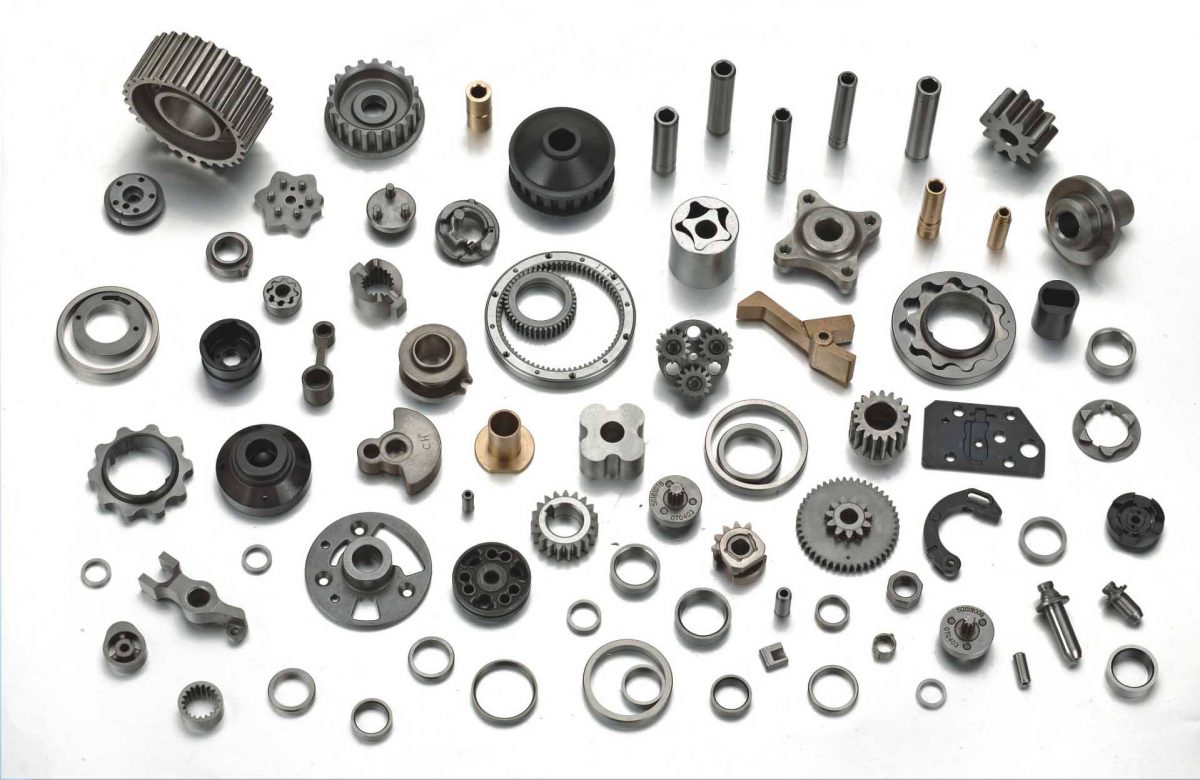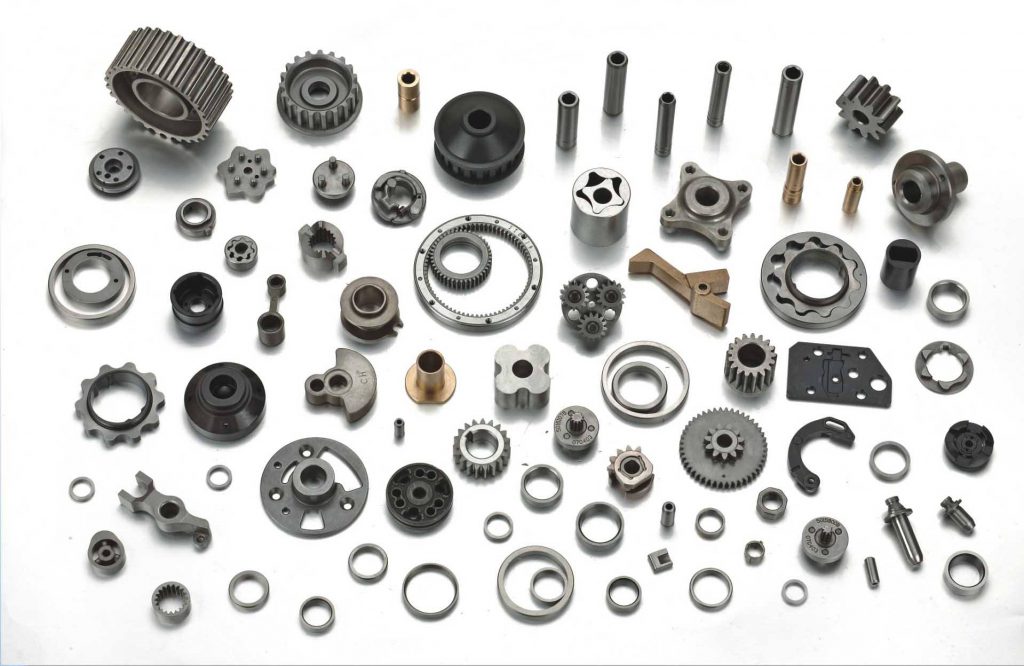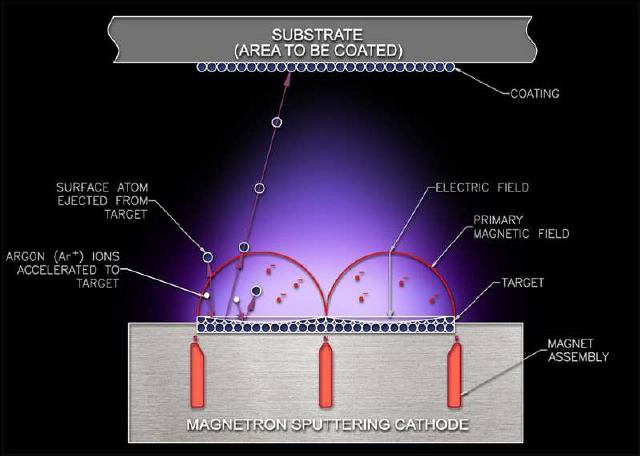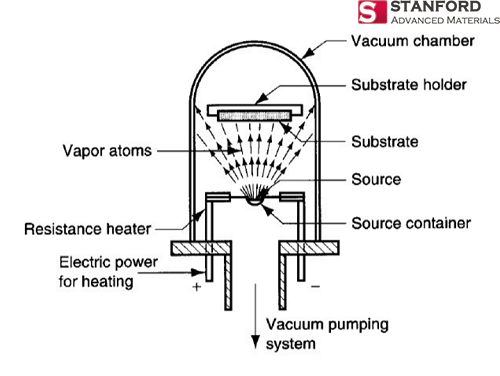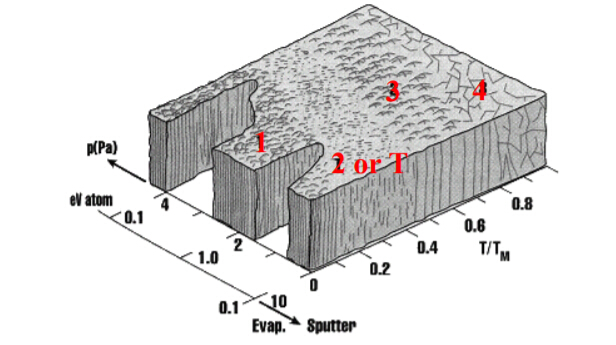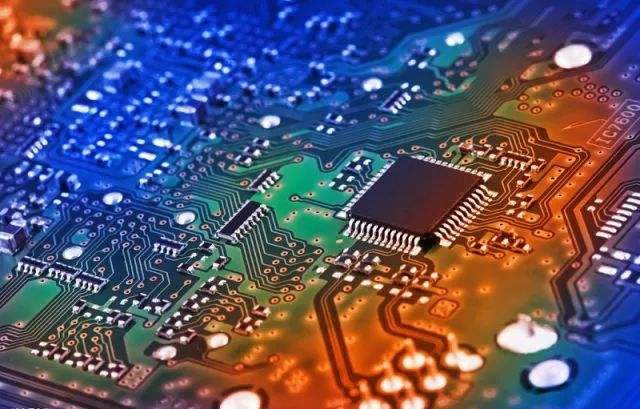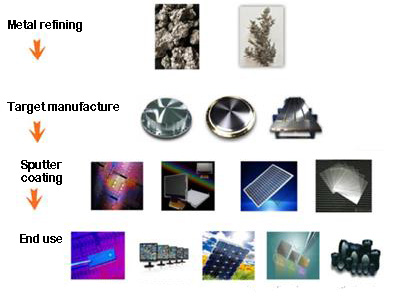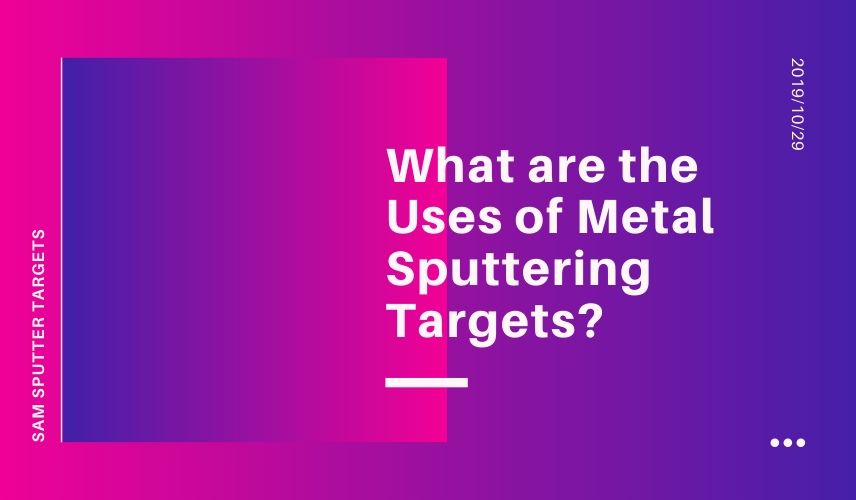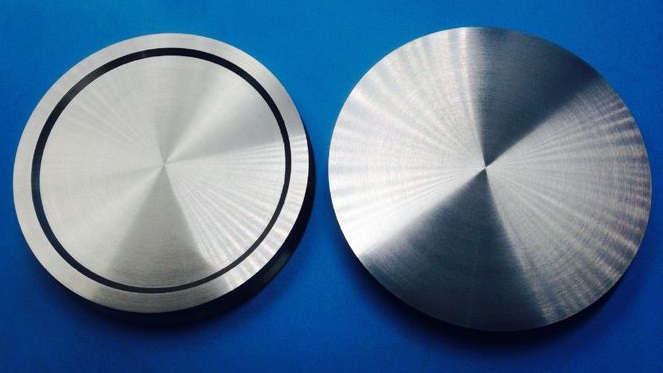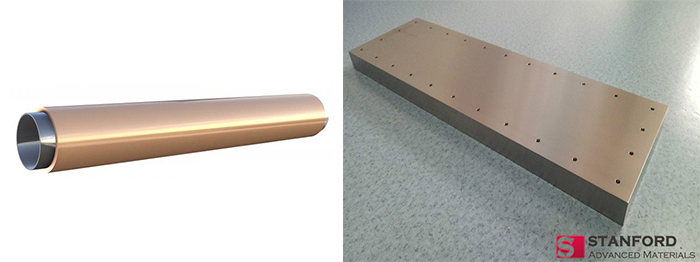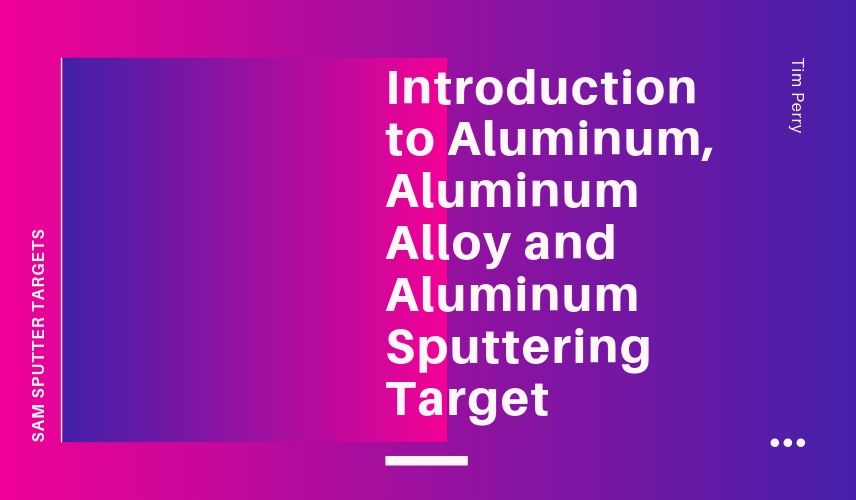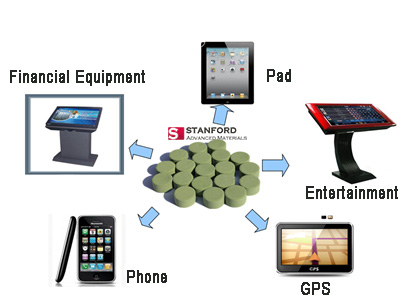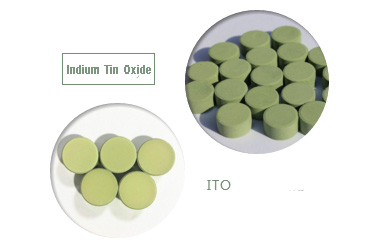Molybdenum sputtering targets perform the same as their source material (pure molybdenum or molybdenum alloy). Molybdenum is a metallic element mainly used in steel, where it improves the strength, hardness, weldability and toughness of alloys, as well as high temperature and corrosion resistance. Molybdenum targets are one of the important sputtering materials and are used in aerospace, semiconductor, solar and many other applications.
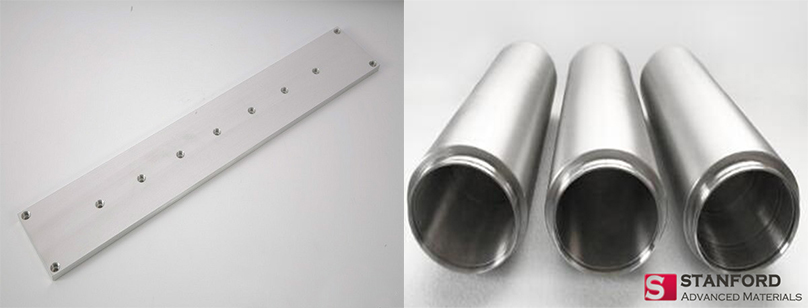
Classify by Shape of Molybdenum Target
According to the shape of the target, the molybdenum target can be divided into square molybdenum target, circular molybdenum target, molybdenum plate target, rotatory molybdenum target, and molybdenum tube target.
The square molybdenum target has the characteristics of high melting point, high electrical conductivity, low impedance, good corrosion resistance and good environmental performance. It is the most widely used planar molybdenum target.
The circular molybdenum target, or the disc molybdenum target, also has a wide range of applications, which can form films on various types of substrates, and these films can be widely used in electronic components and electronic products.
Molybdenum plate target common thickness is 0.09 inch ~ 3 inch and the surface shows silver-gray metallic luster. Common Specifications (mm) is BCM = 9.9 (0.3-10) (60-400) 800 or bigger.
The rotatory molybdenum target is a rotatable sputtering target that is usually cylindrical and has a fixed magnet so that it will rotate at a low speed during operation.
The length of the molybdenum tube target is generally ≤3000mmm, and the outer diameter is ≤250mm. The wall thickness is 3-25 mm and the flatness is 0.1 mm. In addition, its shape is tubular and the surface shows a silver metallic luster.
Classify by Applications of Molybdenum Target
According to its application, the molybdenum target can be divided into the X-ray molybdenum target, the coated molybdenum target, and etc. Stanford Advanced Materials offers a wide range of high performance, high quality molybdenum targets.
Coated molybdenum target has good properties, including excellent high temperature performance, high temperature physical strength, high elastic modulus, excellent thermal conductivity and corrosion resistance and other properties, so commonly used in the field of coatings, as coating materials.
X-ray molybdenum targets are commonly used in the medical field for breast examination of women. X-ray mammography as a non-invasive method can more fully and accurately reflect the structure of the entire breast.
If you have any interest in molybdenum metal targets, please visit our website at https://www.sputtertargets.net/.




